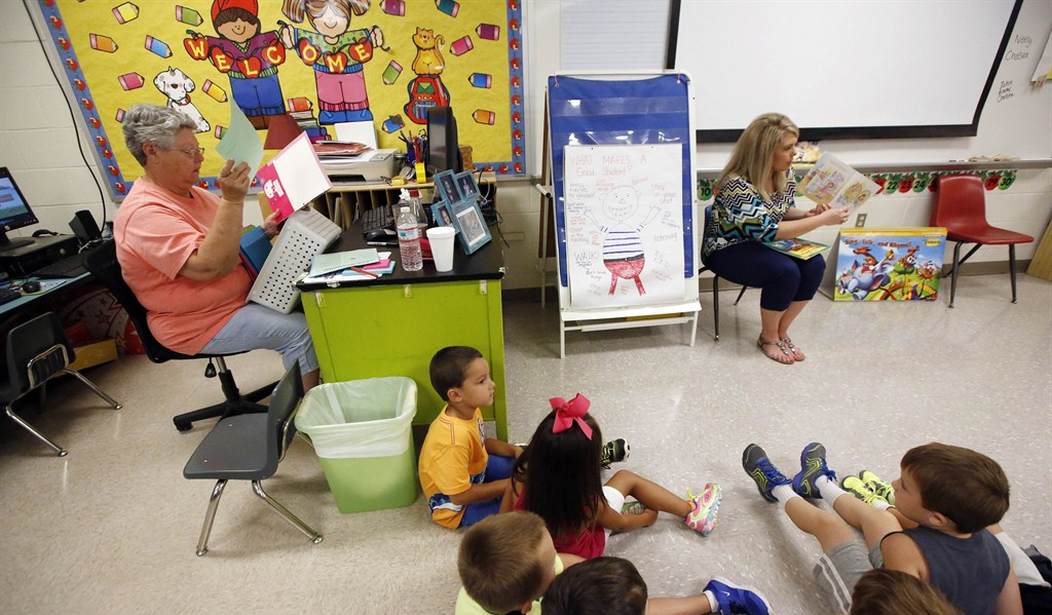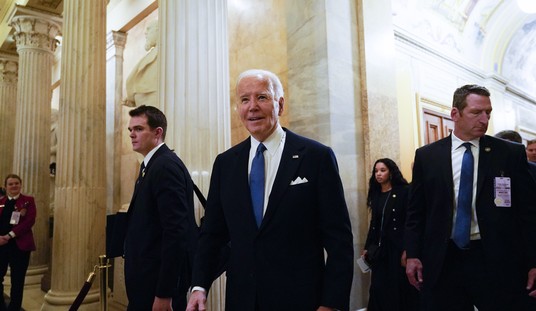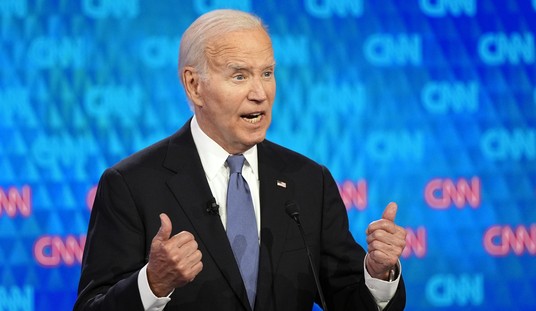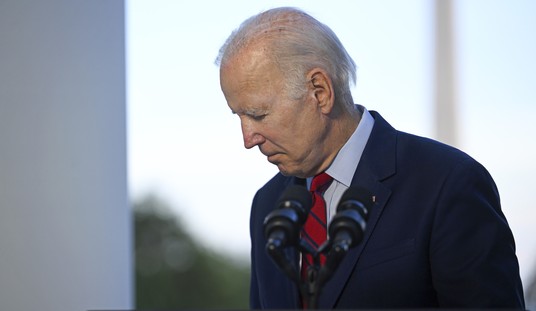A high school English teacher at Rosemount High School in Minnesota, which was called a "top-ranked school" by the Minnesota Department of Education, given the Blue Ribbon School of Excellence Award by the U.S. Department of Education and named a top school in the nation for 2014 by Newsweek Magazine, just wrote a shocking letter alerting parents and the public that her high school juniors can't read. Her letter, published by the Minnesota Star Tribune on Dec. 4, was eloquent, so I quote it verbatim.
"We are in the midst of one of the greatest literacy crises ever encountered, and we are fighting an uphill battle. Every day I experience firsthand what it means to be illiterate in a high school classroom. Average students with average abilities can fervently text away, but they cannot read."
She said some of her students just sleep away an assigned unit. Others resort to depression or aggression. She gave them a not very difficult test, but they couldn't read the test.
When she assigns her students a book to read, they often don't even try to read it. Ask them why and they say, "It's boring." She wrote that this translates into "It's too hard to read." The teacher appeals to parents and the public, saying, "I need your help."
Don't count on the shift to Common Core to teach school kids to read. Common Core will change the assigned stories and books, but it won't change the fact that elementary school kids are only taught how to memorize a few dozen "sight," mostly one-syllable, words, but not taught phonics in order to sound out the syllables and then read the bigger words in high school and college assignments.
Students are not assigned or motivated to read whole books. In the name of "close reading," they are given short so-called "informational" excerpts to read over and over in class, almost until they are memorized. You don't find the students going to the library to take out and read the classics, and students don't acquire the vocabulary necessary to do college work.
Recommended
Limited reading skill means that what the students read is tightly controlled. Common Core has rewritten the history of America's founding to present James Madison, Thomas Jefferson and other Founders to fit the leftwing narrative of gender, race, class and ethnicity, and students have neither motivation nor skill to seek out the true history of the Founders.
Common Core does, however, find space for stories that many parents find morally objectionable, such as "The Bluest Eye" by Toni Morrison.
The change from teaching school children to read by phonics and replacing phonics with the so-called "whole word" or "look-say" method was fully debunked in the landmark book "Why Johnny Can't Read" by Rudolph Flesch in 1955. Unfortunately, the truth had no impact on public schools, which stuck with the new method because it was part of "progressive" education. It was brought to Teachers College at Columbia University with a $3 million grant from John D. Rockefeller Jr., who then sent four of his five sons to be educated by Dewey's progressive ideas.
Publishers responded eagerly to the opportunity to sell new books to all elementary schools, and the "Dick and Jane" series seemed much more attractive than the widely used McGuffey readers. Reading suddenly appeared to become easy because the Whole Word method teaches the child to guess at the words from pictures, to memorize a few dozen one-syllable words that are used over and over again, and to substitute words that fit the context.
The "Dick and Jane" books were full of color pictures and only a couple of short sentences on every page. A typical page showed Dick and Jane on a seesaw. The kids could easily "read" the two sentences below: "See Dick up. See Jane down."
Nelson Rockefeller, who became governor of New York and ran three times for U.S. president, described his reading handicap in The Reading Teacher in March 1972: "I am a prime example of one who has had to struggle with the handicap of being a poor reader while serving in public office."
Rockefeller hired expensive speechwriters, but he said that many times he threw away the speech and told the audience he was just going to give his "spontaneous thoughts." He confessed that the real reason was that he could not do an adequate job of reading the speech prepared for him.
If parents want their children to be good readers, parents will have to do the teaching as I did with my six children. When the book I used was allowed to go out of print and its publisher went out of business, I wrote "First Reader" to teach phonics to my grandchildren at ages 5 or 6 (now available at FirstReader.com) and "Turbo Reader" for kids over age 8 (available at TurboReader.com).
























Join the conversation as a VIP Member